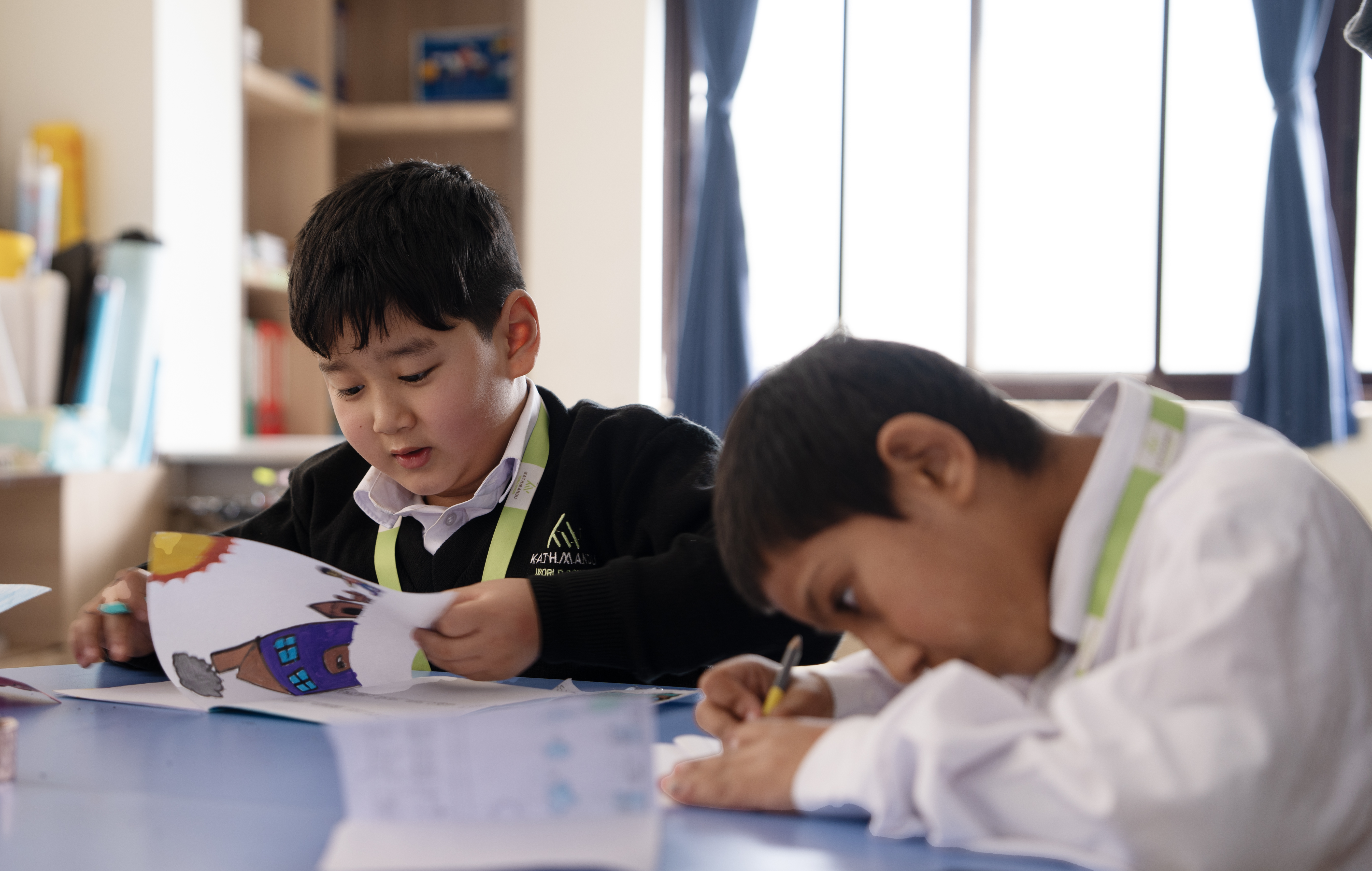Different learning styles represent the ways people like to acquire and process information, and knowledge of such may drastically affect education. Among the most recognized learning styles are the visual, auditory, reading/writing, and kinesthetic types. In this case, for instance, visual learners prefer information presented with pictures, charts, and diagrams. On the other hand, the auditory learner retains more when his or her learning is achieved by listening, like in a lecture or discussion. The learners who are reading/writing learners learn well when they read written texts, note-taking, and essays; on the contrary, the kinesthetic learner learns best through hands-on activities and movement. By understanding these different learning styles, a clear improvement in learning outcomes should be observed since the teachers would be able to adapt their teaching styles to suit the different preferences exhibited by the students. The visual learners would definitely have a better grasp of what is going on with diagrams and videos; the same would go for kinesthetic learners with practical experiments and interactive lessons. Because of this personalization, the effectiveness of learning increases due to better engagement, comprehension, and retention.
The learning styles cater to the students' learning through visual, auditory, kinesthetic, and reading/writing forms. Knowing these learning styles influences the educational outcomes significantly because teaching strategies could be established accordingly to engage individual needs. Kathmandu World School acknowledges the presence of knowledge about diverse learning preferences, which is guided by core values at the institution.
Integrity in education presupposes the commitment to understand and respect the learning process of each student. It would be the responsibility of honest and hardworking teachers to give needed guidance to all learners, irrespective of their style, to help them achieve success. The school would continue with its commitment to integrity with the incorporation of various teaching methodologies to reach different learning styles, informing responsible learners to make good choices.
The compassion value is very important and addresses the diverse needs of the students in many ways. The teachers support this through kindness and understanding, hence giving more support to the children whose learning styles might turn out to be a bit challenging. For example, those who are particularly kinesthetic might want extra assurance in a class dominated by lectures. The compassionate teacher can therefore be persistent and flexible with all learners, regardless of challenges that may come their way, so as to ensure the success of all learners.
A recognition of learning styles is all about respect towards individual differences. Kathmandu World School promotes cultural backgrounds regarding respect for diversity but also cognitive and learning differences. In the setting, students notice an inclusive environment where students will feel valued for unique strengths and appreciate that each peer can learn in a different way. Such respect to learning diversity not only improves academic outcomes but also nurtures deeper appreciation of human diversity whereby students learn to accept all without prejudice.
Worth of Responsibility further repeats the importance of students taking responsibility for their learning process. By understanding how a student learns, they are able to take an active role in their education and seek out those resources or strategies that will help them best. Self-awareness puts into motion the expectation of the school regarding personal and intellectual growth. It encourages positive choices regarding academic effort and general well-being.
Teamwork is very instrumental in accommodating diverse learning styles within the group setting. The bringing together of students' different learning preferences can combine strengths to ensure that each supports the other toward a common goal. Educators at Kathmandu World School foster this process through teamwork that respects every learner's contribution and reinforces the importance of mutual respect, trust and effective communication.
Finally, the dynamism value means, to some extent, adaptation to recent learning environments and methods of teaching. As long as the education systems themselves do change, so do the techniques for keeping students of different learning styles involved. The Kathmandu World School embraces change and therefore tries to create a very dynamic environment for inquiry-based learning, where a student constantly encounters novelty and challenges at the same time and is fully supported on his or her way to capacity development. By being open to change and finding new ways of providing education, educators will be guaranteed that their students' changing needs are met and lifelong learning concepts are cultivated.
In other words, attention to and the provision for different learning styles have far-reaching implications in education. Together with linking such initiatives with Kathmandu World School's values, the school is in a position where it will provide an inclusive, compassionate, and dynamic learning environment that will focus on the growth of each student and develop integrity, respect, responsibility, and collaboration in the classroom.


